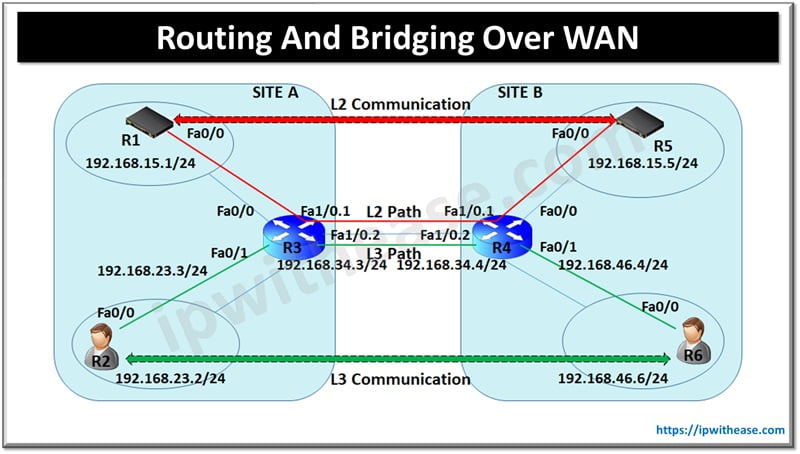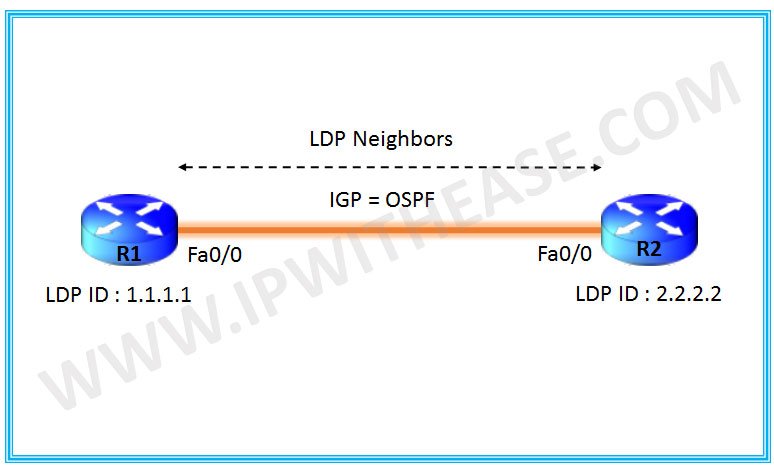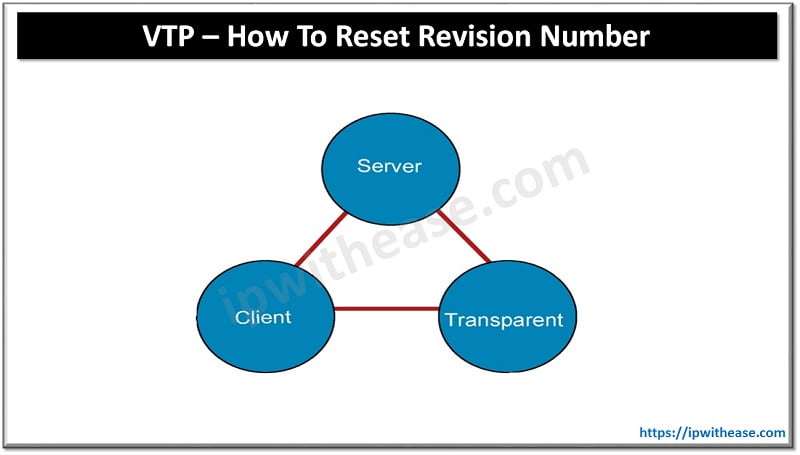Table of Contents
Introduction
SD WAN has been seen in IT world as a paradigm shift from orthodox way network and services work. Till recently , Traditional WAN (MPLS , PTP etc.) links were provisioned across multitude of branches for inter-connectivity of companies. However, SD WAN has come up as game changer as it will provide a great opportunity for Companies to save on cost (OPEX and CAPEX) including better control and improved application/user experience by utilizing Internet Links instead of MPLS/PTP links.

Most fascinating is the prospective of cost saving by using low cost broadband internet connections securely and with high reliability. Also some more value adds include agility, security and Quality of Service. Benefits that can be reaped from SD-WAN are listed here – “Benefits of SD-WAN”
Software-Defined WAN has its roots in Software-Defined Networking (SDN).
Comparison Table: SD WAN vs Traditional WAN
Below are the key difference between Traditional WAN concept and SD WAN concept which shares how SD WAN framework scores over Traditional WAN technologies –
| PARAMETER | TRADITIONAL WAN | SD WAN |
|---|---|---|
| Bandwidth Crunch | When Bandwidth chokes due to high utilization by users or applications , following is the approach followed – WAN Optimization solution is introduced which incurs WAN Bandwidth is increased or additional link is taken. | When Bandwidth Customer location chokes , following is the approach followed – SD-WAN along with WAN Optimization module performs wan acceleration. Additionally utilizes bandwidth from secondary links to provide better experience to users and Applications. |
| Provisioning | Link and device provisioning time for new office setup is very high | Very low time for device configuration and new office setup |
| Configuration | Manually performed by skilled resources who need to have clear understanding on vendor specific device CLI. | Concepts like “Zero Touch Provisioning” allow configuration automatically downloaded by new device via single click. |
| Cost impact (OPEX and CAPEX) | High Cost since reliance on MPLS or PTP links. Also, may require dedicated links for mission critical or business application traffic. | Cost saving by using low cost Internet links instead of using MPLS or PTP links. No dedicated links need to be provisioned for mission critical or business application traffic. |
| Operational overhead and errors in configuration | High since each device needs to be managed and configured separately and errors in configuration is high. | Through automation operation and configuration cost has reduced and errors in configuration becomes low due to automation. |
| Performance of Applications in Cloud | Low since Branch Sites need to backhaul to Hub Sites and then | High since Branch Sites directly access applications hosted in Cloud reducing delay. Also, sophisticated path conditioning techniques that can reconstruct packets lost in transit, avoiding re-transmission will improve the user experience accessing applications. |
| Application level visibility | Low visibility of Application performance. Customer needs to buy a solution separately to meet this requirement. | SD-WAN solutions not only provide deep application intelligence but also give IT the ability to align application priority and performance to business intent |
| Consistent Policy for QOS and Security control across all locations of organization | Medium consistency level of QOs and Security control across locations | High level of QOS and Security policy control since all is centrally managed and pushed through central orchestrator which leads to consistency across all locations. |
| IT Infrastructure Service | Traditional WAN includes multiple single-function devices connecting via different WAN links. This leads to complexity of branch IT management and more number of devices to maintain. | SD-WAN tends to integrate services and centralize the control of services which tends to reduce number of devices to manage. |
Download the Comparison Table: SD WAN vs Traditional WAN
Watch Related Video
Continue Reading:
Introduction to Cisco SD WAN (Viptela)
ABOUT THE AUTHOR

You can learn more about her on her linkedin profile – Rashmi Bhardwaj



